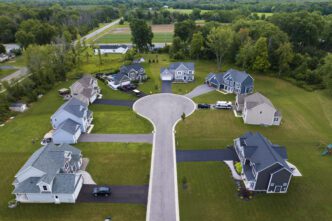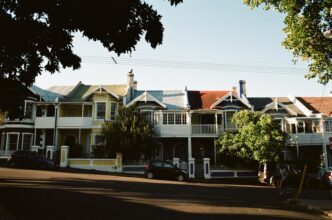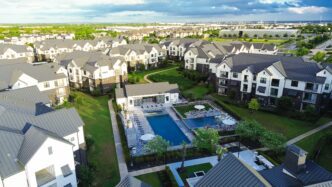Polk County, Florida, once known primarily for its expansive citrus groves, has become a key destination for new residents. Situated strategically between Tampa and Orlando, the county attracted nearly 30,000 new inhabitants last year—making it the leading county in the U.S. for incoming residents.
Florida is experiencing significant shifts in both its population dynamics and real estate landscape. The new movement towards exurbs signals changing preferences in living environments, reflecting broader national trends. The influx into Polk County, traditionally recognized for its citrus production, represents a departure from the more common moves to urban centers or suburbs.
Meanwhile, financial requirements for condo owners in Florida are tightening, specifically for buildings over three stories. By the end of December, condo associations must submit a structural integrity reserve study, which will forecast maintenance and renovation costs every decade. The requirement, articulated by Carolina Sheir of Eisinger Law, will potentially impact homeowners financially.
Property taxes in metropolitan regions across the United States, particularly in Florida, have risen. Florida’s southeastern areas see the highest median property tax payments due to rising home values, natural disasters, and growing populations.
Commercial real estate in Southwest Florida is also seeing a shift, with the region ranking eighth among the nation’s top smaller office markets. The CommercialCafe Q3 Office Markets Report highlights performance in vacancy rates, coworking space evolution, and market search trends.
While Florida’s insurance market grapples with various challenges, there are signs of stabilization. The CEO of a major insurance company, Ernie Garateix of Heritage Insurance, believes the market is stabilizing and foresees no significant rate swings.
In residential news, South Florida’s median asking rent decreased slightly to $2,376 per month as of October, a small decline from the previous year. St. Petersburg is seeing high interest in car condominiums, with most units sold in its new Motocave development located near Interstate 275.
Conversely, Miami’s property market faces potential risks. UBS Group’s report placed Miami at the top of the global housing bubble index, predicting a needed correction in housing prices due to high-risk scores.
Lastly, Seminole County’s rural areas within urban zones express concern about maintaining their characteristics amid increasing development pressures. These enclaves, with large oaks and dirt roads, contrast sharply with the surrounding urban sprawl.
Despite recent challenges such as Hurricane Helene, the Tampa Bay housing market continues to grow rapidly, bolstered by strong migration trends.
Florida exemplifies the broader shifts in American real estate and living preferences. With exurbs like Polk County becoming popular destinations, the state faces a mix of growth opportunities and challenges in real estate, insurance, and taxation. As these trends evolve, Florida remains a focal point for both residential and commercial interests.
Source: FloridaTrend








